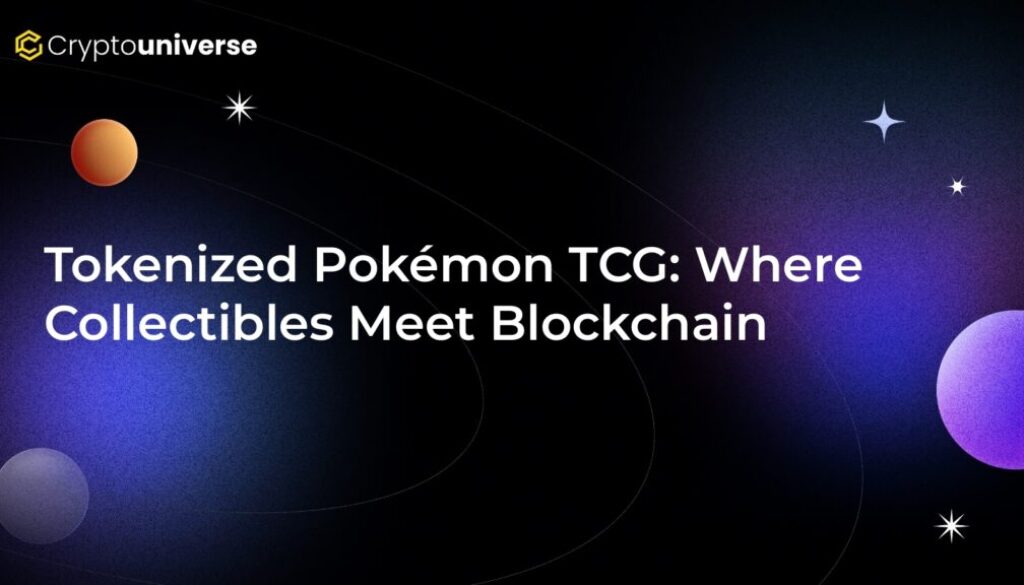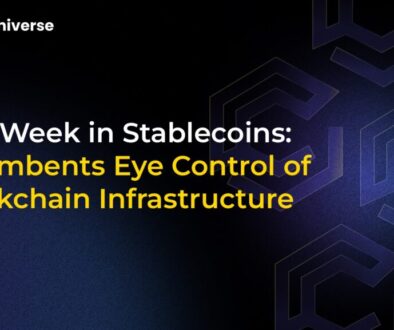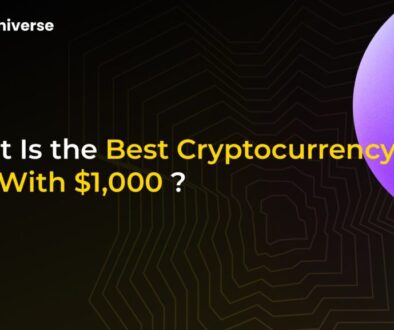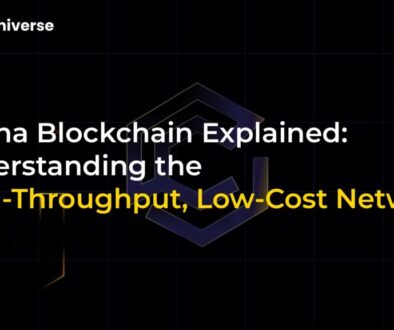Tokenized Pokémon TCG: Where Collectibles Meet Blockchain

Gotta Catch ‘Em All… On the Blockchain
The familiar thrill of opening a booster pack, the scent of fresh cardboard, and the glimmer of a holographic Charizard—for many, Pokémon cards are a cornerstone of nostalgia. But what if you could trade that prized card with someone across the globe in an instant, without the risks of shipping or damage? Welcome to the new frontier of collecting, where the tangible world of trading cards is merging with the digital efficiency of blockchain technology. This is the era of the
The market for tokenized collectibles is not just growing; it’s exploding. Trading volumes for digital Pokémon cards have surged by an incredible 5.5 times since the start of the year, hitting a staggering $124.5 million. This isn’t a niche trend—it’s a fundamental shift in how we own, trade, and value our most beloved items. Let’s dive into the platforms leading this charge, the technology making it possible, and what the future holds for collectors everywhere.
The Trading Frenzy: A Market Going Parabolic
The numbers speak for themselves. According to Messari Research Manager Average Joe, “Tokenized Pokémon TCG volumes are going parabolic,” a statement that perfectly captures the explosive growth seen across key marketplaces. This isn’t just hype; it’s backed by hard data from the platforms at the epicenter of this revolution.
Meet the Key Players: Courtyard and Collector Crypt
Two platforms have emerged as dominant forces in this new ecosystem:
- Courtyard: This marketplace has become a titan in the space, generating an incredible $78.43 million in secondary sales volume for Pokémon NFTs in August alone—its best month ever. It has proven that there is a massive appetite for a liquid, secure market for high-value physical collectibles.
- Collector Crypt: Not to be outdone, Collector Crypt has also captured significant attention. Its native token, CARDS, skyrocketed over 600% in a single week, fueled by record-breaking trading volume. The platform offers unique features like a gacha-style vending machine and a buyback system, creating an engaging and dynamic trading experience.
As Bitwise Research Analyst Danny Nelson noted, these platforms allow you to “buy and sell digital versions of Charizard & Co in an instant.” They are successfully challenging traditional marketplaces like eBay by offering lower fees, instant settlement, and enhanced liquidity.
How Does It Work? The Blockchain Backbone
So, how does a physical Pokémon card become a digital asset you can trade instantly? The process is a brilliant blend of physical security and digital innovation known as tokenization.
Here’s a simple breakdown:
- Vaulting: A physical card is sent to a secure, insured vault. Experts authenticate and grade the card to verify its condition and value.
- Tokenization: Once vaulted, a unique digital token, or NFT (Non-Fungible Token), is created on a blockchain. This NFT serves as a digital certificate of ownership for the physical card.
- Trading: The NFT can now be bought, sold, and traded instantly on a digital marketplace. The physical card never leaves the vault, eliminating shipping costs, delays, and the risk of damage.
This system offers unparalleled advantages for collectors:
- Instant Liquidity: Sell your collection in minutes, not weeks.
- Global Access: Trade with anyone, anywhere in the world, 24/7.
- Verifiable Ownership: The blockchain provides an immutable and transparent record of ownership.
- Reduced Costs: Say goodbye to exorbitant shipping fees, insurance, and marketplace commissions.
Navigating the Regulatory Maze
With such rapid growth comes increased scrutiny. The rise of tokenized assets is forcing regulators to play catch-up, creating a complex and uncertain legal landscape. Key questions remain: Are these tokenized cards considered securities? How will different jurisdictions tax and regulate these assets?
For platforms and collectors alike, navigating these challenges is crucial. Startups in the space must build flexible compliance frameworks and maintain open communication with regulatory bodies. As the market matures, clearer guidelines will likely emerge, but for now, it remains a wild frontier that demands careful navigation.
The Future of Collecting is Hybrid
The tokenization of Pokémon cards is just the beginning. This model, which blends the best of the physical and digital worlds, is poised to transform the entire collectibles market. Imagine instantly trading vintage comic books, rare stamps, or fine art with the same ease and security.
As blockchain technology continues to evolve, we can expect more sophisticated platforms, enhanced verification methods, and greater integration with the broader world of digital finance. The line between a physical portfolio and a digital one is blurring, creating a more accessible, efficient, and exciting environment for collectors and investors.
The message is clear: the way we collect is changing forever. By embracing blockchain, the timeless hobby of collecting is being supercharged for a new digital generation, ensuring that the hunt for the rarest finds will be more thrilling than ever before.


